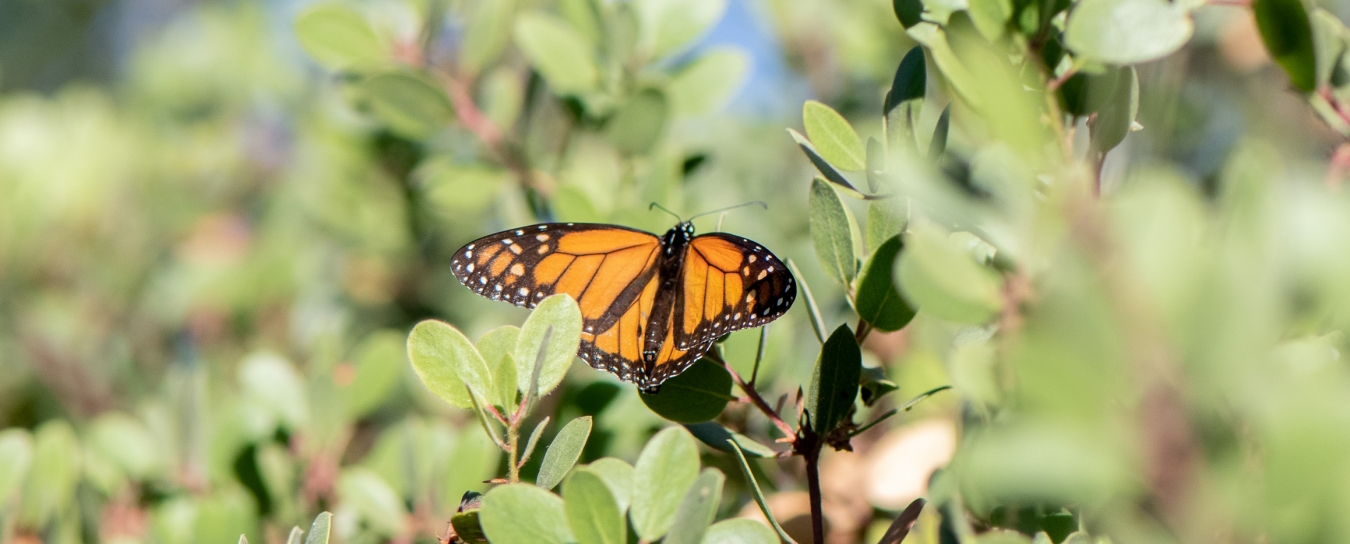
Invertebrates
See our handy guide to critters found in local homes and our Central Coast Butterfly FAQ. Browse the insects and other terrestrial arthropods we’ve identified. Check out local marine invertebrates, particularly bivalve mollusks and intertidal organisms.
- Anthropology
- Rocks & Fossils
- Invertebrates
- Vertebrates
- Botany
- Astronomy
- Fungi
- General
- Recently Asked
What kind of walkingstick is this?
I wonder if I might trouble you for an insect ID. Is this a Northern Walkingstick?
This individual was on the wall of my office building (here at UCSB). You never know what you'll see on the wall of my building. I've seen Praying Mantis, a bat, a bee swarm, tree frogs...
Thank you!
Curator Response
Hi Kevin,
Thanks for this question—it prompted me to organize our small walkingstick (order Phasmida) collection here in SBMNH Entomology!
If you don’t count the stout-bodied members of the species-rich West Coast genus Timema, which don’t look like your typical walkingsticks, then California has only two or three species of these leggy giants. This one is not the Northern Walkingstick (Diapheromera femorata), a common species in the eastern 2/3 of North America which does not occur in California, but rather the Gray Walkingstick, Pseudosermyle straminea. Based on the relatively thick body proportions and the abdomen tapered toward the tip, I can tell this is a female.
A second walkingstick species, the Western Short-horn Walkingstick, Parabacillus hesperus, also occurs throughout our area, but is easily recognized by its thicker antennae that are much shorter than the front femur (first long leg segment). Additionally, the body, especially in the males, is extremely long and slender. In your photos I can just barely make out the long, hair-like antennae, confirming the ID for P. straminea.
This is a great find! All walkingsticks are herbivores, and although our species chomp on a variety of different plants, they never seem to reach the level of becoming crop or garden pests (though this can happen with D. femorata in the eastern U.S.).
The supposed third species of leggy California walkingstick, by the way, is a species presumed endemic to Santa Catalina Island called Pseudosermyle catalinae. This species, however, is distinguished only by subtle differences in the appendages at the tip of the female abdomen, and is considered questionably distinct from P. straminea by some researchers.
Best wishes,
Schlinger Chair & Curator of Entomology Matthew L. Gimmel, Ph.D.


